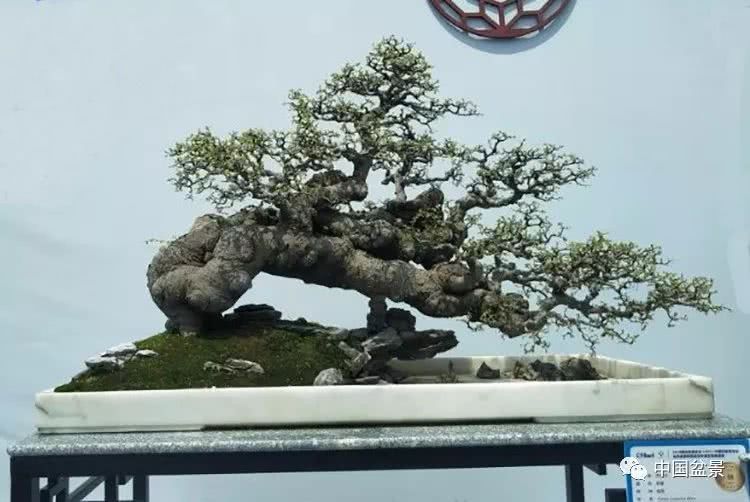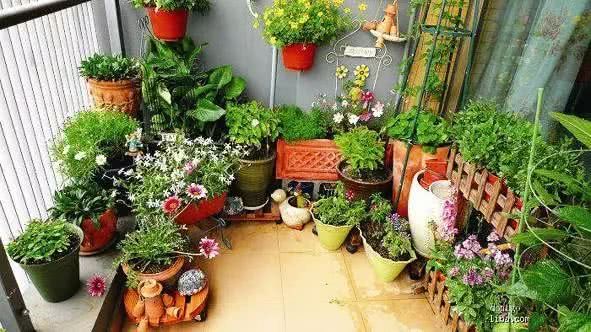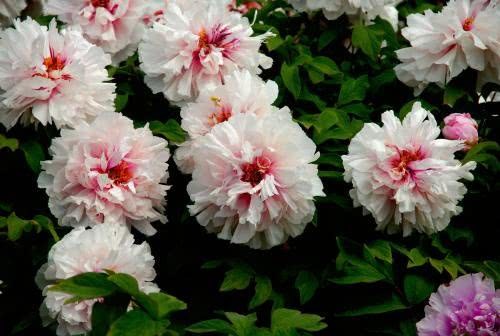Special techniques for making bonsai with tree stump

Bonsai of Rongxing Horticultural Garden in Dongguan, Guangdong
[feelings of bonsai people]
Text | Xiamen, Fujian @ Zhou Yingzhi
In life, not only to earn how much money, more often, is to realize the dream in the heart, a kind of dignity, a kind of responsibility, a kind of mission, is to make oneself stronger, more independent, more complete for the rest of his life. It seems to pursue material wealth, but it actually pursues self-growth. After a long journey, I found that when the heart is strong, self-cultivation and love is enough, making money is only an incidental thing. In fact, maturity is more important than success!
Special techniques for making bonsai with tree stump
Recommendation | bonsai drunken Weng
The stump bonsai is referred to as the pile landscape, mainly watching the roots, stems, leaves, flowers and fruits of the plants, making them graceful and elegant through artificial hanging, pruning and shaping, or the twigs of bones and twigs, vigorous and simple, or fruitful and exuberant; or the forest is dyed and shining. Here are some special techniques for making bonsai stumps.
1. Lure ants to eat.
Most of the ancient stumps on the mountain are more aged and elegant after being harmed by termites. Artificially luring ants to eat potted plants can achieve the desired effect as soon as possible. Ants began to come out in late March and gradually disappeared after mid-October. During its activities, you can carve some phloem from the tree trunk, drill some holes in the wood and apply caramel to attract ants to come to eat, scrape once a week and apply it once a week, the decay rate is very fast. But do not let ants make a nest in the neck of the root, so as not to eat into the root and damage the stump. If it is found that ants lay eggs and settle down, they should be filled with hard mud or driven by formalin 20 times the solution.
two。 Pry pull the side branch
If you want to remove the side branches on the trunk, you don't have to cut them off, but use your hands to tear off the bark on the trunk, imitating the fact that the big branches are torn apart by the wind after being damaged by the wind.
3. Pry long bark
In order to make a certain part of the trunk rise, when the growth is most prosperous, insert the bark with a knife and pry gently to separate the bark from the wood. Pay attention to gentle movements, too hard will pry the bark. After 40-50 days, the wound healed, and the wound rose like warts due to the stimulation of the cells and the aggravation of division.
4. Hammering the tree trunk
The trunk of the potted tree, such as smooth and dull, can be struck with a hammer during the growing season, so that the cambium cells are stimulated to aggravate the division, so that the injured part can rise, just like the uneven trunk of the old tree.
5. Stone-attached method
To make stone attachment, if there are stones with good water absorption, such as pumice and sand stone, you can cut gaps around the stone according to its natural texture or as needed, and then embed the root. Hard basin stone can only be used by those with good natural texture.
The operation time is better in spring, when the root is soft and easy to inlay, first fill a thin layer of yellow mud in the gap, and then embed the root, which is important, so that all the lateral roots hold the stone, then cover the embedded part of the root with moss, and finally bind it, often spray water to moisturize.
Do not pile soil outside the moss to prevent the lateral roots from growing many fibrous roots through the moss. Once the beard root is exposed, it should be cut off in time. After a year, you can begin to remove the moss gradually, not at once, otherwise it is easy to burn or die in the sun. Let the roots gradually expose and grow old, and finally be completely exposed to the sun.
6. Borrow dead wood
Although some dead trees are not living creatures, they are peculiar in shape, with peeling flesh and bony bones, which can be used to promote the scene of seedlings. Make use of its natural holes and cracks, embed into the trunk of the seedlings, then wrap them in strips of cloth, add fine bamboo and tie them with ropes. When it was released 2-3 years later, the trunk of the seedling also thickened, the embedded part became tighter and tighter, and the exposed trunk was forced to thicken to both sides, covering the traces of chimerism.
You can also manually carve some longitudinal cracks or plant seedlings in the hidden part of the back, or sow the seeds directly, and wrap them with soil and moss on the outside, and release them after the plant grows. After plastic surgery, you can receive seamless, fake and authentic artistic effects.
7. Root-connected approach
It is mainly used for some tree species which are easy to produce adventitious buds and adventitious roots. In spring, the trunk of the potted tree is buried horizontally in the soil, so that all the lateral branches grow out of the soil surface. After a period of time, a small tree is formed on each side, and the trunk is still connected below, and the new root gradually grows at the junction of the lateral branch and the trunk, and the new root can reach a certain thickness after three years of cultivation. At this time, the original buried trunk was gradually exposed to the soil surface. Cut off the fibrous root on it. From now on, the adventitious roots will continue to thicken every year. Growing downward, the exposed parts gradually increase, and the original trunk runs through these adventitious roots, much like the trees sprouting with roots in nature.
8. Inverted flowerpot method
Making use of the phototropism of plant growth, the flowerpot can be turned upside down or tilted to make the plant grow in the opposite direction, and then tied up and trimmed to shape it. After forming, the flowerpot is cultivated and further modified. The trunk is naturally bent and drooped, which is suitable for cliff culture.
This article is selected from Flower Bonsai Network, and the copyright belongs to the original author.
Liu Chuangang rainforest bonsai set a new auction high
An Jin: at the Zunyi Golden billiard Basin Exhibition, teacher Liu Chuangang restored the rain forest style of golden marbles. Today, 500000 yuan is collected by Jiangsu collectors.
@ Zhang Xianjue: congratulations on Chuangang's rainforest bonsai reaching a new auction high.
Bonsai @ Tianyi pile Garden recommended the bonsai of golden marbles as follows:
@ Tianyi pile Garden: stripping for brocade can better reflect the inner beauty of bonsai.
Wonderful playback:
Welcome to Chinese bonsai!
Bonsai exhibition hall that can be enjoyed at any time
Carry forward bonsai culture and exchange bonsai skills!
Enjoy bonsai art and share a happy life!
- Prev

Northern heating is about to start growing flowers, pay attention to these to be safe for winter
It is about to enter November. Many cities in the north will start heating in November every year until March-April of the following year. During this period, when it is cold outside, it can reach minus 20 degrees, but at home, it can reach 25-6 degrees above zero.
- Next

Why the peony bonsai, one of the quintessence of China, is so popular is the most important thing.
Bonsai is a unique and beautiful treasure house of garden art in China, with a history of 1500 years. This is an ingenious combination of potted culture and plastic arts. It is the organic unity of scenery, bonsai and several frames, with painting, calligraphy, sculpture and sound.
Related
- Wuhan Hospital Iron Tree Blooming Result Was Instantly Frightened by the Gardener Master
- Which variety of camellia is the most fragrant and best? Which one do you like best?
- What is the small blue coat, the breeding methods and matters needing attention of the succulent plant
- Dormancy time and maintenance management of succulent plants during dormancy
- Minas succulent how to raise, Minas succulent plant pictures
- What are the varieties of winter succulent plants
- How to raise succulent plants in twelve rolls? let's take a look at some experience of breeding twelve rolls.
- Attention should be paid to water control for succulent plants during dormant period (winter and summer)
- Watering experience of twelve rolls of succulent plants
- Techniques for fertilizing succulent plants. An article will let you know how to fertilize succulent plants.

